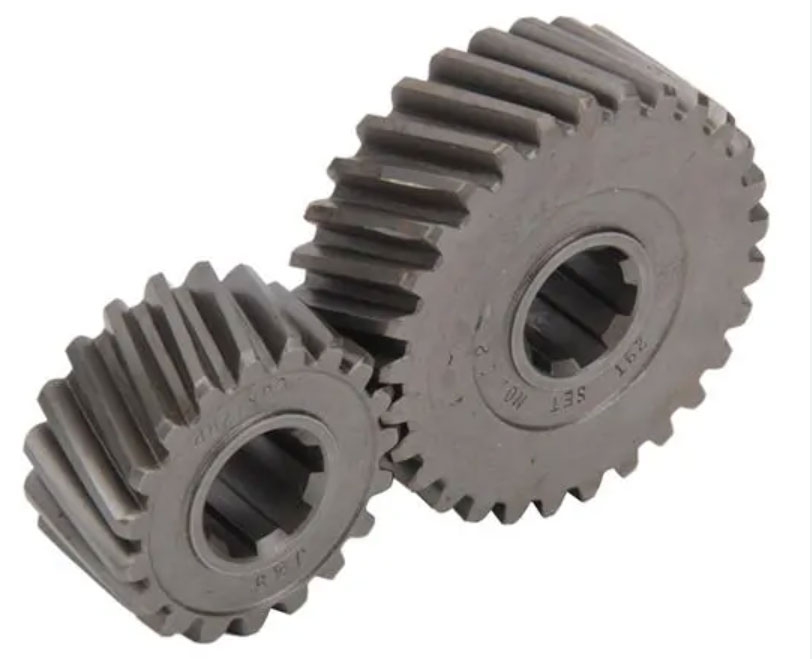
Helical gears play a vital role in automotive engineering, contributing to the performance, efficiency, and reliability of vehicles. They are extensively used in automotive systems where precise power transmission and smooth operation are essential. Here are some key areas where helical gears are employed in automotive engineering:
1. Transmission Systems:
Helical gears are commonly found in automotive transmissions, both manual and automatic. They are used in the gearbox to transmit power from the engine to the wheels. Helical gears in the transmission enable smooth gear shifting and provide precise torque transfer, ensuring efficient power delivery to the wheels. Their gradual tooth engagement reduces noise and vibration, enhancing the overall driving experience.
2. Differential Systems:
Helical gears are employed in the differential system of vehicles. The differential allows the wheels on the same axle to rotate at different speeds during cornering, ensuring smooth and stable handling. Helical gears in the differential distribute torque evenly between the two wheels, reducing wheel slip and improving traction. This is particularly important for vehicles with front-wheel drive, rear-wheel drive, or all-wheel drive systems.
3. Power Steering Systems:
Helical gears are utilized in power steering systems to assist with steering effort and provide smooth operation. They are commonly found in rack and pinion steering systems, where the helical gears convert the rotational motion of the steering wheel into linear motion of the rack, allowing for precise and responsive steering control. Helical gears in power steering systems ensure accurate and effortless steering maneuvers.
4. Engine Timing Systems:
Helical gears are employed in engine timing systems, including the timing belt or chain drive. They are used to synchronize the rotation of the crankshaft and camshaft(s) to ensure precise valve timing. Helical gears in engine timing systems contribute to the efficient and reliable operation of the engine, optimizing performance, fuel efficiency, and emissions.
5. Turbocharger Systems:
Helical gears are utilized in turbocharger systems to drive the turbine wheel. The turbocharger increases engine power by compressing air and forcing it into the combustion chambers. Helical gears in the turbocharger system ensure efficient power transfer from the engine to the turbine, enabling the turbocharger to spin at high speeds and deliver optimal boost pressure.
6. Other Applications:
Helical gears can be found in other automotive applications such as starters, alternators, fuel injection systems, HVAC systems, and more. They are used to transmit power, control rotational motion, and ensure smooth operation in various auxiliary systems within the vehicle.
The use of helical gears in automotive engineering contributes to improved performance, efficiency, and reliability of vehicles. Their smooth operation, precise power transmission, and ability to handle high loads make them essential components in automotive systems. Helical gears play a significant role in enhancing driving experience, steering control, power delivery, and overall vehicle performance.
